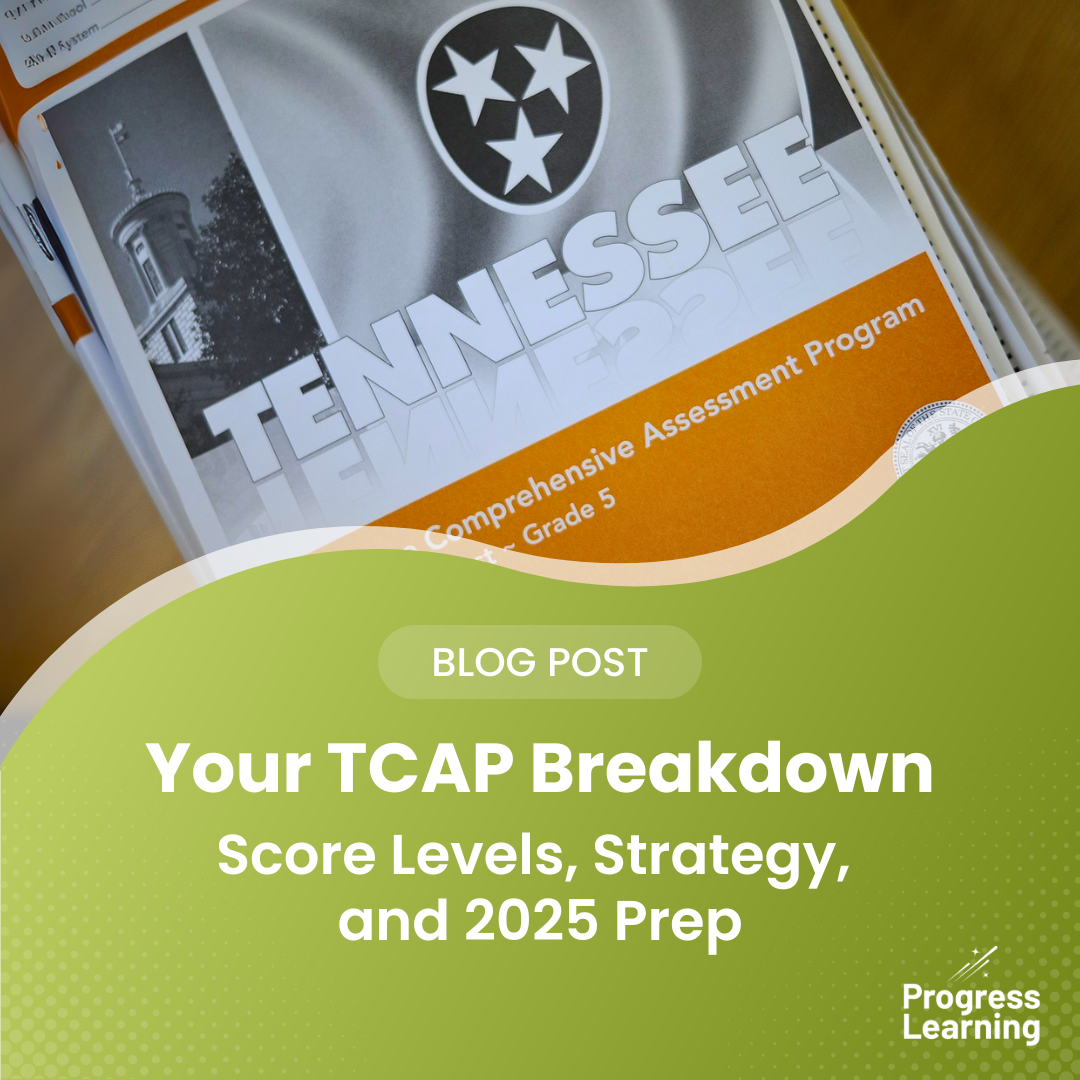Tennessee’s New K-12 Science Standards: What Educators Need to Know
Science education is evolving in Tennessee! As part of the state’s ongoing commitment to academic excellence, the Tennessee Department of Education (TDOE) has conducted a rigorous review of its K-12 science standards. The newly updated Tennessee Academic Standards for Science will take effect in the 2025-2026 school year, ensuring that students are equipped with the skills and knowledge needed for success in college, careers, and beyond.
So, what’s changing? While the core structure of Tennessee’s science curriculum will remain the same, the updates introduce several key refinements:
- Greater coherence across grade levels, ensuring a smoother transition from elementary to middle to high school.
- Refined performance expectations, making standards more explicit and aligned with real-world applications.
- Stronger integration of engineering and technology, encouraging students to engage in scientific inquiry and problem-solving.
- Expanded focus on environmental and climate science, equipping students with knowledge about sustainability and human impact on Earth’s systems.
Below, we’ve provided a detailed breakdown of the updates by grade level and subject to give you a clear understanding of what’s new and how these changes will impact your instruction.
Elementary School (K-5) Updates
Kindergarten
- Greater emphasis on classifying materials based on absorbency, color, and texture.
- Refinement of weather data collection skills (using tools like thermometers and rain gauges).
- Engineering design now includes drawing and labeling designs with improved accuracy.
1st Grade
- Stronger focus on light and shadows, emphasizing how light interacts with different materials.
- Addition of plant structure and function, including roots, stems, leaves, flowers, and their roles.
- More detailed exploration of the sun, moon, and stars and their predictable patterns.
2nd Grade
- Expanded emphasis on forces and motion, including an investigation into how different strengths and directions of force affect motion.
- Introduction of waves and their applications with experiments in sound and light transmission.
- Greater focus on adaptations of animals for survival, including parental behaviors.
3rd Grade
- Deeper exploration of states of matter, including particle models for solids, liquids, and gases.
- Expansion of electricity and magnetism concepts, including static electricity and energy transformation.
- More explicit connections between weather, climate, and cloud formations.
4th Grade
- Refined energy transfer concepts, with a focus on mechanical and thermal energy.
- Ecosystem interactions now include a stronger focus on food chains and energy flow.
- More structured approach to engineering design, including testing and refining solutions.
5th Grade
- More integration of matter and chemical reactions, with a focus on conservation of mass.
- Detailed exploration of Earth’s systems, particularly water cycles and human impact.
- Stronger crosscutting concepts linking biological, physical, and environmental sciences.
Middle School (6-8) Updates
6th Grade
- Energy transfer models are emphasized, showing connections between heat, light, and motion.
- Stronger focus on ecosystem dynamics, including human impact and sustainability.
- New integration of plate tectonics and geological changes.
7th Grade
- More structured investigation of photosynthesis and cellular respiration.
- Expanded focus on natural selection and adaptation, including biodiversity impacts.
- Greater incorporation of data analysis and mathematical modeling in science.
8th Grade
- Stronger connections between physics concepts and real-world applications.
- Climate change and Earth’s systems are more explicitly addressed.
- Scientific research skills are emphasized through inquiry-based learning.
High School (9-12) Course Updates
Biology I & II
- Greater alignment with real-world biological applications, including genetics and biotechnology.
- Expansion of evolutionary principles, particularly in ecosystem changes.
- More experimental design and inquiry-based learning for investigations.
Chemistry I & II
- Enhanced clarity in atomic structure and bonding models.
- More structured approach to stoichiometry and thermodynamics.
- Expanded integration of environmental chemistry concepts.
Earth and Space Science
- Stronger emphasis on climate systems and human impact.
- More integration of geological and astronomical data interpretation.
- Improved connection between Earth’s history and planetary systems.
Ecology
- More explicit connections between biodiversity and ecosystem stability.
- Stronger focus on sustainability and conservation efforts.
- Greater emphasis on field-based scientific investigations.
Environmental Science
- Expanded focus on renewable energy and resource management.
- Stronger connections between policy, science, and sustainability.
- New emphasis on climate change modeling and mitigation strategies.
Geology
- More structured approach to rock cycle, plate tectonics, and geological history.
- Expansion of mineral identification and resource usage.
- Greater integration of GIS and remote sensing technologies.
Human Anatomy and Physiology
- More focus on homeostasis and system interactions.
- Expanded discussion of medical technologies and applications.
- Greater emphasis on disease mechanisms and prevention.
Physical Science
- Stronger connections between motion, forces, and energy.
- More emphasis on wave behavior and practical applications.
- Improved focus on engineering applications of physical science.
Physical World Concepts
- More integration of physics principles with engineering and technology.
- Expansion of energy transformations in mechanical systems.
- Greater emphasis on scientific literacy and problem-solving.
Physics I & II
- More structured approach to classical and modern physics topics.
- Expansion of quantum mechanics and relativity concepts.
- Greater incorporation of experimental and computational physics.
Scientific Research
- Stronger focus on scientific inquiry and methodology.
- More emphasis on data collection, analysis, and interpretation.
- Integration of technology and computational modeling in research.
How Progress Learning Supports the Transition
As Tennessee adopts these new standards, Progress Learning ensures alignment by:
- Updating content and assessments to match the new state requirements.
- Providing targeted remediation to help students master new and existing concepts.
- Offering professional development to support teachers in implementing the changes.
With these updates, Tennessee educators and students are better prepared for the future of science education. Subscribe below to stay connected with Progress Learning for more updates and resources! 🚀
